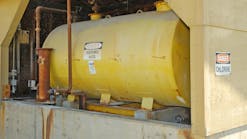Water quality issues, safety concerns are significant drags on water utility customer satisfaction
May 6, 2020
Sponsored Recommendations
Sponsored Recommendations
ArmorBlock 5000: Boost Automation Efficiency
April 25, 2024
State of Smart Manufacturing Report Series
April 25, 2024



